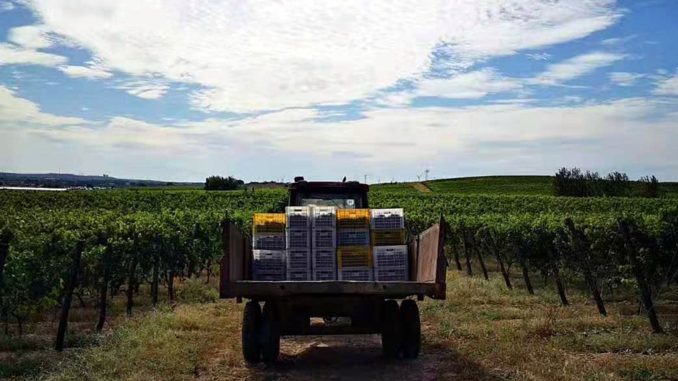
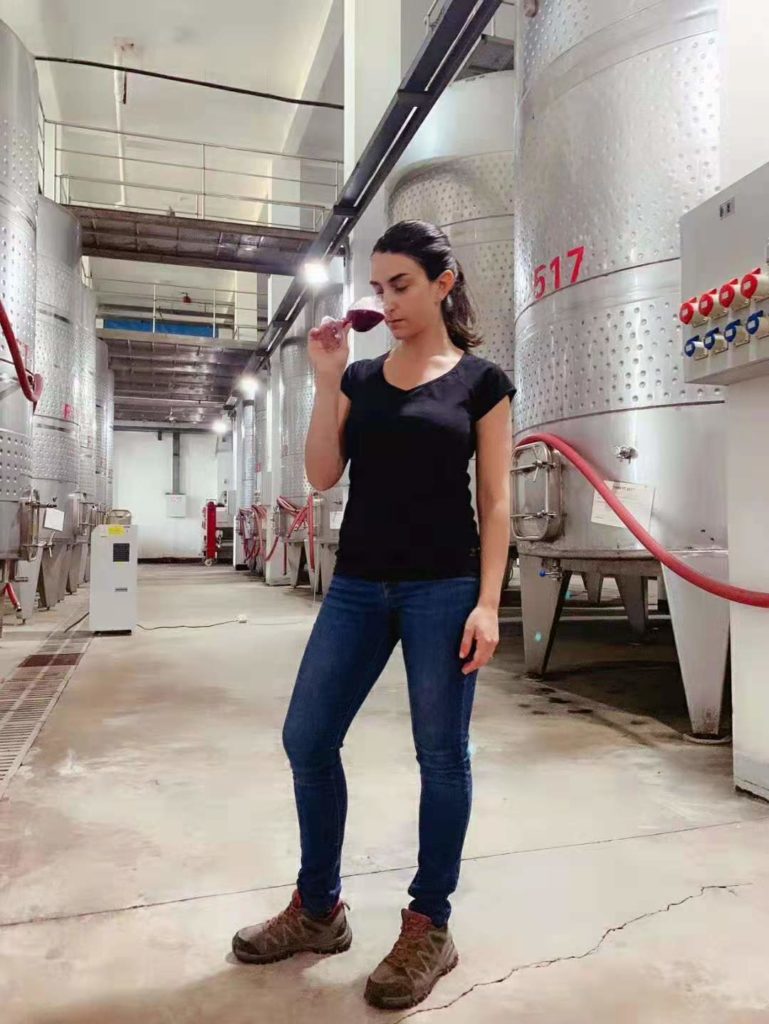
Italian winemaker Denise Cosentino has been at Chateau Nine Peaks in Shandong province the past three vintages. I asked her about this year’s harvest, dealing with Shandong’s humidity, and wines she suggests for newcomers. Cosentino also participated in the Ningxia Winemakers Challenge, taught at Northwest A&F University in Xian and had stints at Kim Crawford in New Zealand and AdamsWein in Germany.
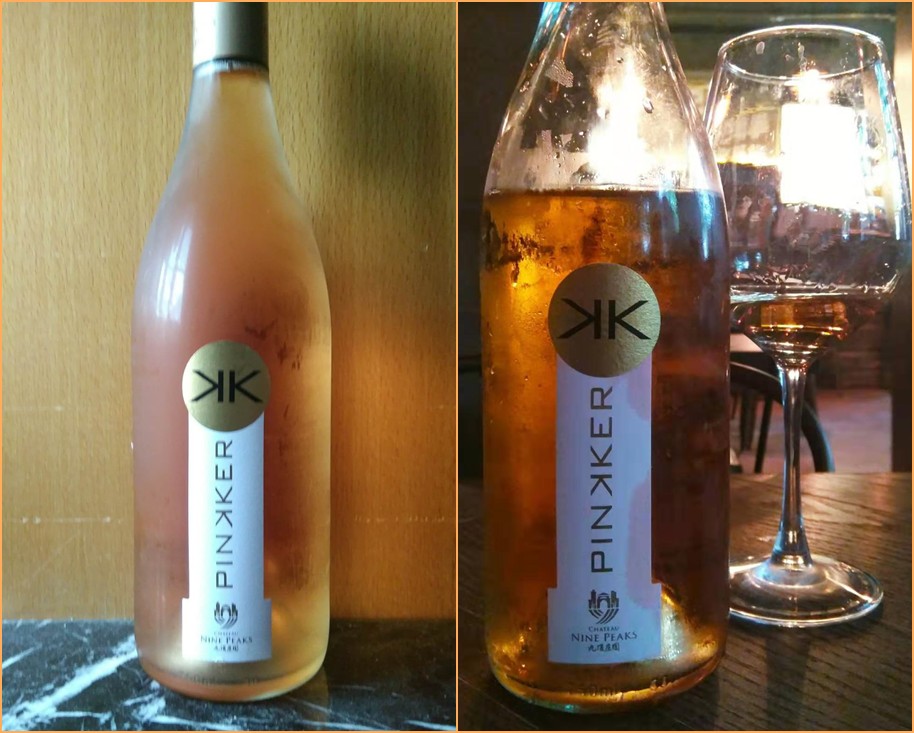
China producers focus on red wines but one of my favorites this summer was your affordable rose, Pinkker. Could you tell us about the style of the past two vintages?
Since we started to produce Pinkker, a dry pale pink wine, we haven’t changed style but rather played with the percentage of Cabernet. The 2017 is 80 percent Cabernet Sauvignon and 20 percent Cabernet Franc. For 2018, we increased the Cabernet Franc to 30 percent.
Either way, our Pinkker tastes very fruity–mainly citrus fruits–and light. Its fresh acidity is perfect to fight the hot summer days of the Capital! And while Chinese consumers might still prefer reds, we believe they will increasingly appreciate different styles of wines.
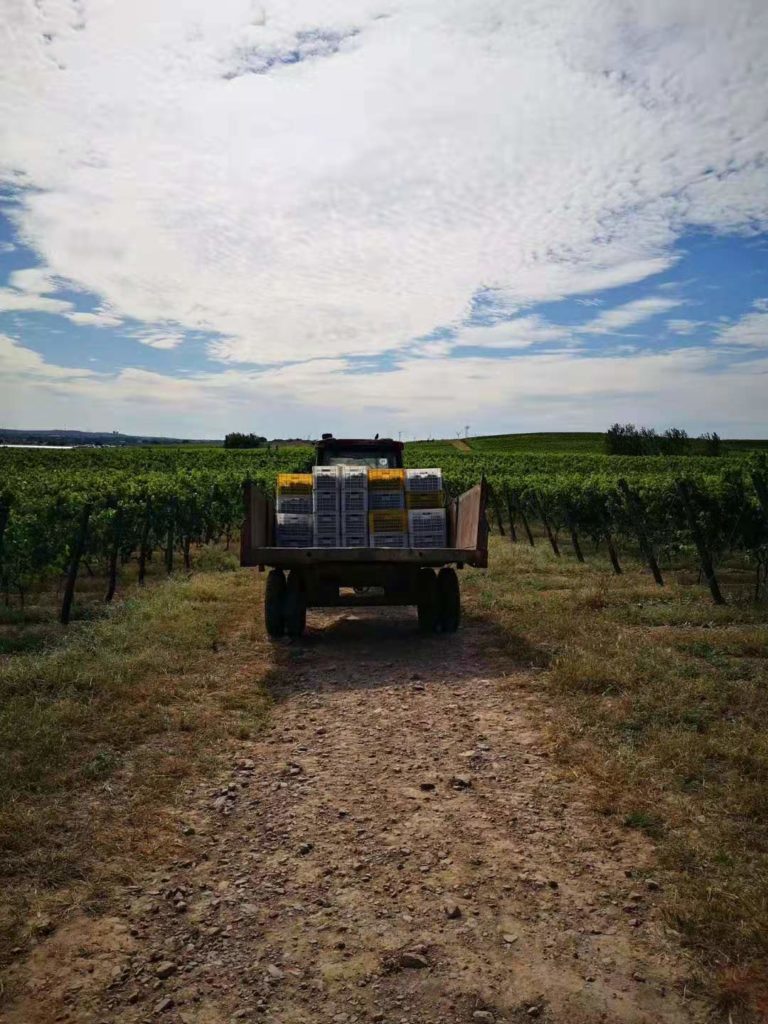
It seems like 2019 has been a very good harvest across China. How about at Nine Peaks?
So far, 2019 has been the best vintage I have had in Shandong! We had less rain during the maturation season than we did last year, therefore less humidity. And despite a 45-degree Celsius spike in July, the last two months have been much cooler and dry. Thanks to that we were able to better preserve grape quality and reach harvest with better riper fruit.
We started to pick Chardonnay in the third week of August, followed by the first red, Merlot, at the beginning of September. Then Syrah the second week and Cabernet Franc, Cabernet Gernischt  and Petit Verdot the last two weeks of September. We have harvested half of our vineyard so far, and started to bring in the first Cabernet Sauvignon this week. Indeed, 2019 is a very good vintage for Chateau Nine Peaks and I am very glad with the amazing quality of grapes this year.
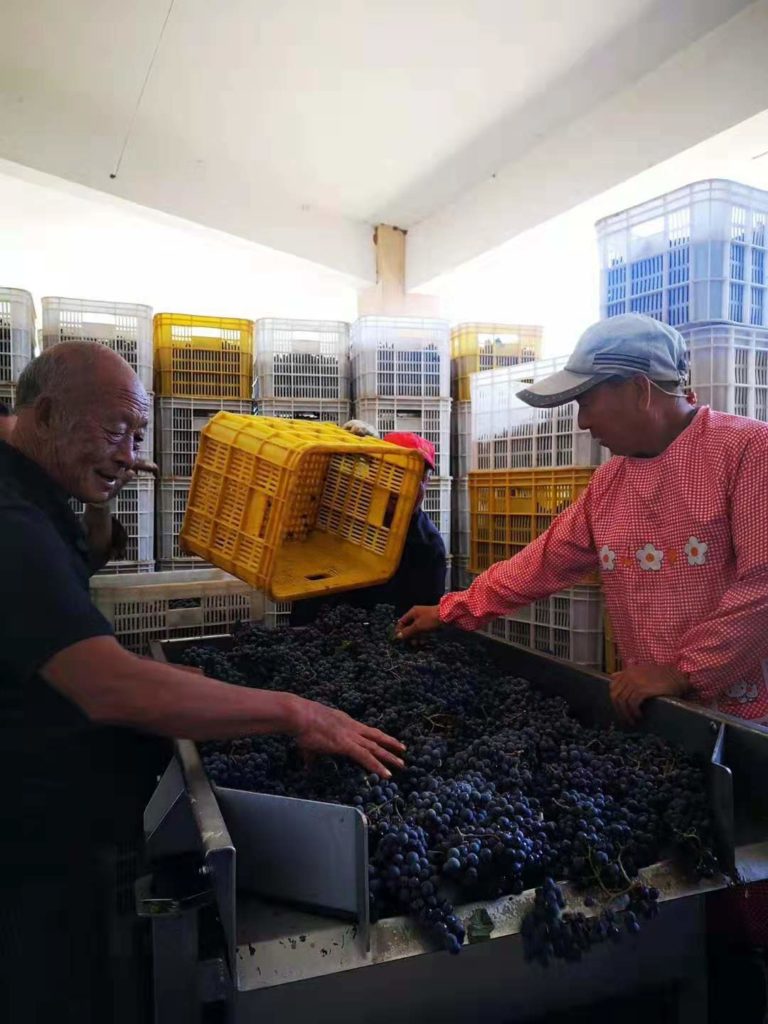
Shandong often gets criticized as having too much humidity to make good wine. What’s your take on this situation?
I have actually noticed it is becoming drier and drier the past few years. But yes, in Shandong humidity, and all the fungal diseases it might bring to your vineyard, could be very challenging.
We do intensive vineyard work, through meticulous canopy management and a targeted spraying program all season, to prevent heavy disease pressure as much as we can. Certain years are more challenging than others but the climate is changing and, as with this year, you could end up having a very nice vintage.
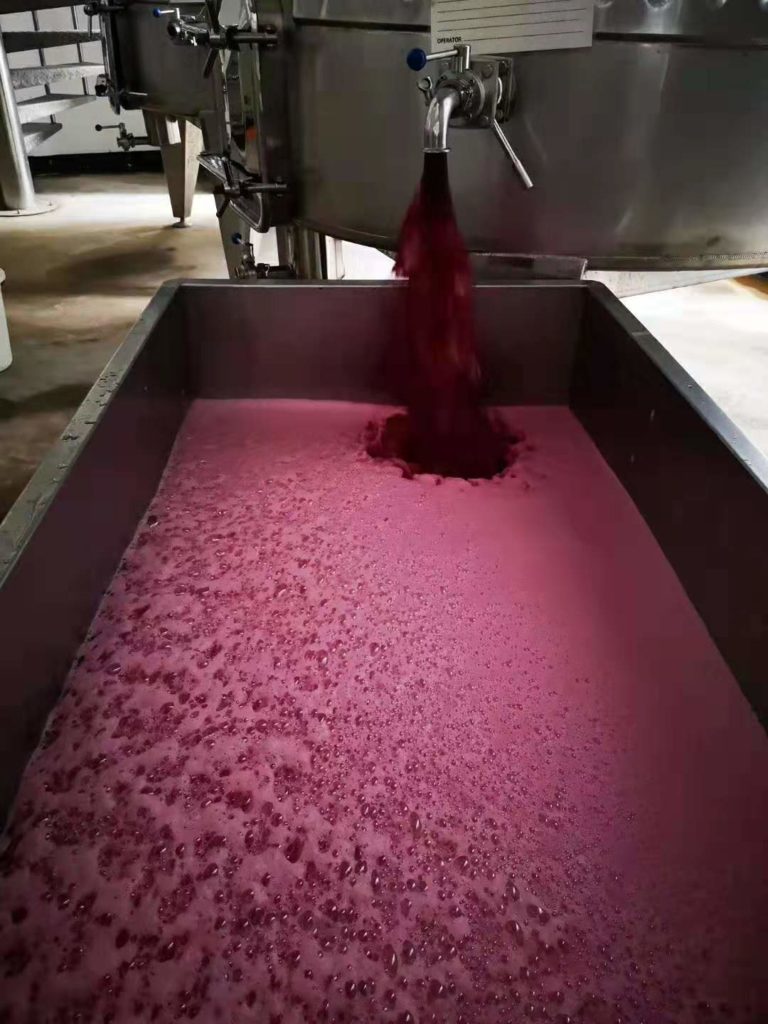
You’ve now made wine in Ningxia and Shandong? What are the biggest differences between these regions?
The big differences, of course, are the climate and soil conditions. These translate to totally different vineyard strategies, from pruning systems to canopy management to plant protection. Because of this, wine from these regions have different styles: Ningxia is bolder and more concentrated, Shandong is lighter and fruitier, especially the white wines.
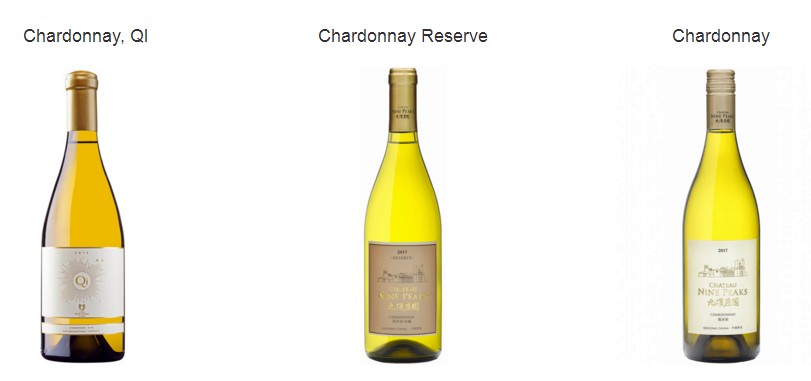
Which wine are you most proud of from last year? And what Nine Peaks wine would you recommend to a beginner versus an aficionado?
I am proud of our QI Chardonnay 2018–100% barrel fermented–and our first Petit Verdot, which might be part of the blend for our Cabernets for 2018–we are still figuring this out.
For someone trying their first wine, I would definitely recommend our classic Chardonnay and Cabernet Sauvignon. They are quite representative of those varieties in Shandong and are quite affordable.
For someone with deeper wine knowledge, I would recommend our QI level. The Chardonnay is fermented in 400-liter barrels of oak and acacia, then aged for about 10 months on lees, resulting in a more complex and creamy Chardonnay. Our QI Cabernet Sauvignon is harvested from the best plots. It is aged 14 months in oak, including 15 percent new barrels, and one year in bottle, resulting in a structured yet elegant wine.
(Also see “The donkey and the grapes: Great River Hill not your typical Chinese vineyard“.)
Grape Wall has no sponsors of advertisers: if you find the content and projects like World Marselan Day worthwhile, please help cover the costs via PayPal, WeChat or Alipay.
Sign up for the free Grape Wall newsletter here. Follow Grape Wall on LinkedIn, Instagram, Facebook and Twitter. And contact Grape Wall via grapewallofchina (at) gmail.com.

Leave a Reply
You must be logged in to post a comment.